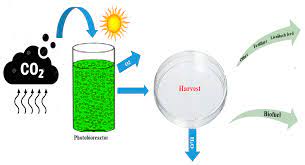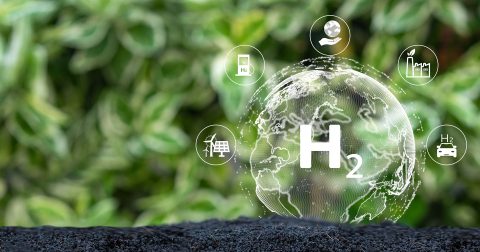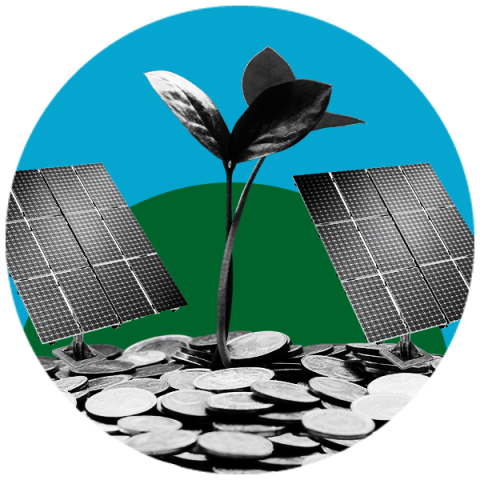
Researchers from Binghamton University have developed an innovative artificial plant. It generates electricity and cleans indoor air by mimicking photosynthesis and transpiration. The study, published in Advanced Sustainable Systems, demonstrates the technology’s potential. It addresses rising indoor carbon dioxide (CO2) levels and provides renewable energy for portable electronics.
How the Artificial Plant Works
Each artificial leaf in the plant generates electricity during photosynthesis. Water and nutrients are supplied through transpiration and capillary action. By connecting five biosolar cells in series within each leaf, the system achieves 1.0 V and 46 µW. When the leaves are connected in series, the system produces 2.7 V and 140 µW.
Improving Indoor Air Quality

The study highlights that indoor CO2 levels are often significantly higher than outdoors. This poses health concerns, particularly in urban areas where people spend over 80% of their time indoors. The cyanobacterial artificial plants enhance indoor carbon capture while converting CO2 into oxygen (O2). Using indoor light, the system achieves a 90% reduction in CO2 levels, from 5000 to 500 ppm. This surpasses the 10% reduction seen with natural plants.
Professor Seokheun “Sean” Choi emphasizes the importance of indoor air quality. “Especially after COVID-19, we know the significance of indoor air quality,” he states. “Many sources can generate toxic materials, like building materials and carpets. We breathe out and breathe in, building up CO2 levels. There are also risks from cooking and outdoor infiltration.”
Future Developments and Applications
The current power generation of 140 microwatts is a secondary benefit. Choi aims to improve the technology to achieve a minimum output of 1 milliwatt. He also wants to integrate energy storage systems, such as lithium-ion batteries or supercapacitors. “I want to use this electricity for practical uses, like charging a cell phone,” said Choi. “With fine-tuning, these artificial plants could be in every household. The benefits are easy to see.”
Key points for future developments:
- Increase power output to a minimum of 1 milliwatt
- Integrate energy storage systems (e.g., lithium-ion batteries or supercapacitors)
- Enable practical applications, such as charging portable electronics
- Fine-tune the technology for household use
Other potential upgrades include using multiple bacteria species for long-term viability. Developing ways to minimize maintenance, such as water and nutrient delivery systems, is also important. This decentralized approach offers a sustainable, energy-efficient solution to indoor environmental challenges. It provides improved air quality and renewable electricity amid rising global CO2 levels.
Read More: Cows Help Farms Capture More Carbon in Soil, Study Reveals













